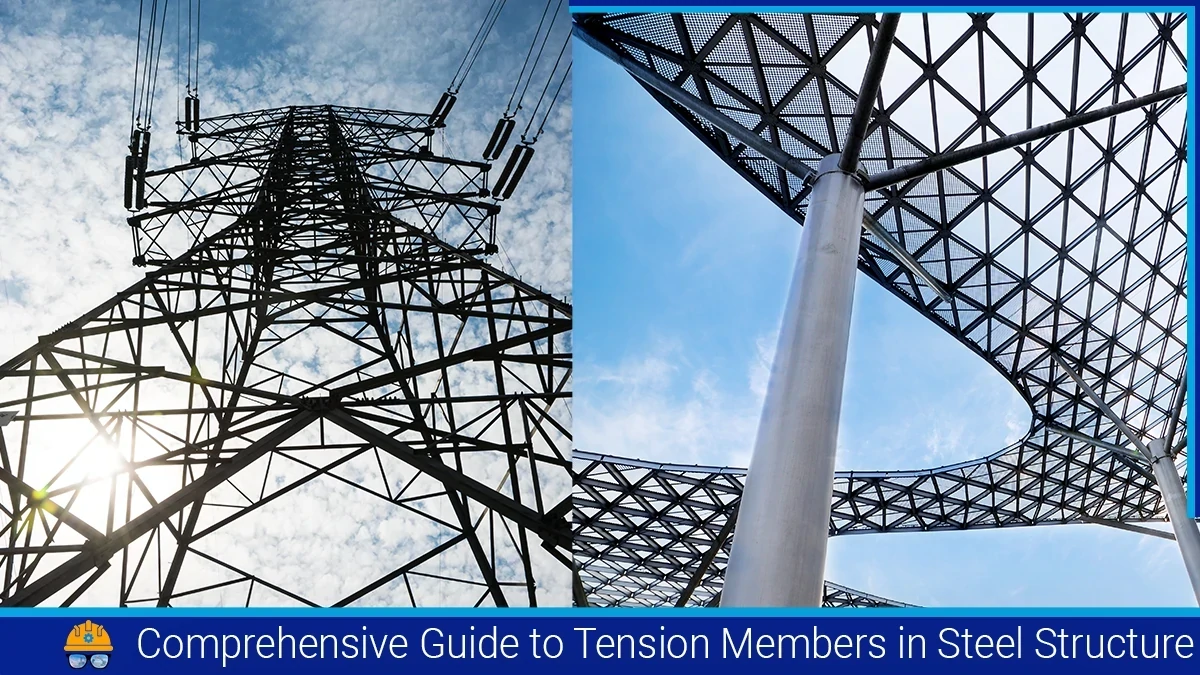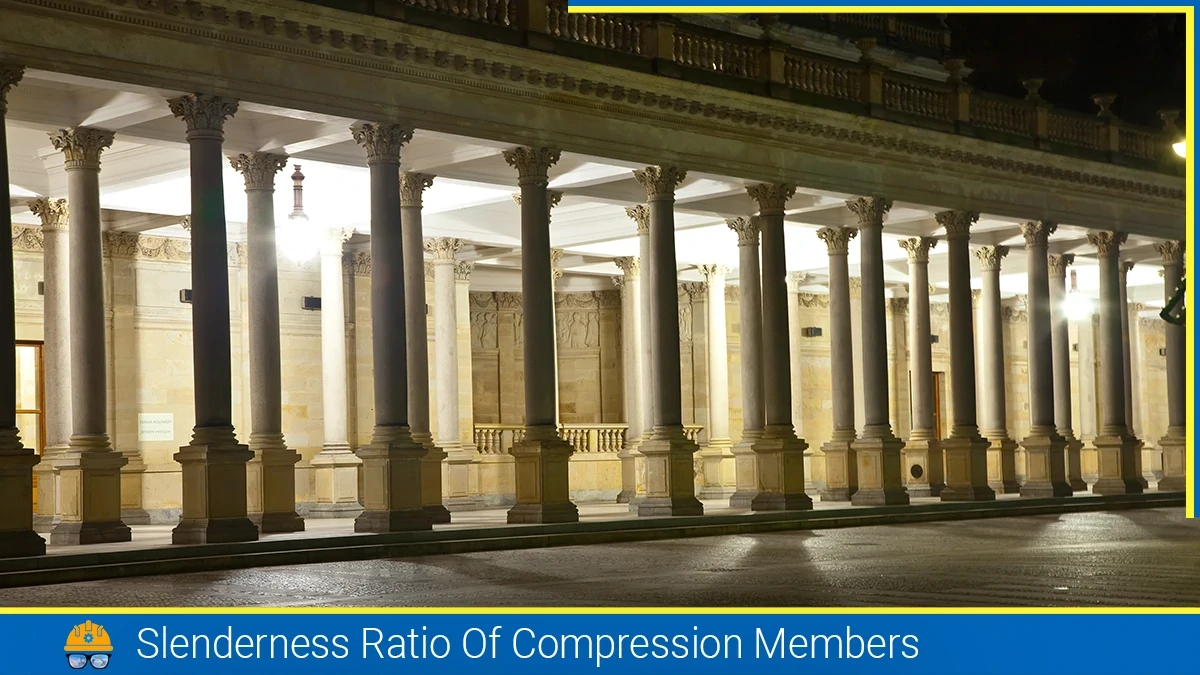The load-carrying capacity of piles is a critical aspect in foundation engineering, determining the ability of a pile to support vertical loads from structures or other loads imposed on the ground. Piles are slender structural elements driven, drilled, or vibrated into the ground to transfer structural loads through weak or compressible soil layers to deeper, more competent strata.
What is Load-Carrying Capacity of Piles?
The ultimate load carrying capacity or ultimate bearing capacity or ultimate bearing resistance \( Q_f \) of a pile is defined as the maximum load which can be carried by a pile and at which the pile continues to sink without further increase of load. The allowable load, \( Q_a \) is the safe load which the pile can carry safely and is determined based on:
Also, read: Pile Foundations: Types of Piles for Foundation
- ultimate bearing resistance divided by the appropriate factor of safety
- the permissible settlement, and
- the overall stability of the pile foundation.
The load-carrying capacity of a pile can be determined by the following methods.
- Dynamic formulae
- Static formulae
- Pile load tests
- Penetration tests
Also, read: Understanding the California Bearing Ratio (CBR) Test: Significance, Procedure, and Applications
A. Dynamic Formulae:
These are used for pre-cast concrete piles. When a pile hammer hits the pile, the total driving energy is equal to the weight of the hammer times the height of the from or stroke.
1. Engineerong New Formula:
The engineering new formula was proposed by A.M. Wellington (1818) in the following general forms:
\( Q_a=\frac{WH}{F\left(S+C\right)} \)
Where \( Q_a \) is allowable load
\( W \) is weight of hammer
\( H \) is height of fall
\( F \) is factor of safety = 6
\( C \) is empirical constant
\( F \) is the final penetration per blow, usually taken as average penetration, cm per blow for the last 5 blows of a drop hammer, or the last 20 blows for a steam hammer.
The above formula is modified to:
- For Drop Hammers
\( Q_a=\frac{WH}{6(\left(S+2.5\right)} \)
- For single acting steam hammer
\( Q_a=\frac{WH}{6(\left(S+2.5\right)} \)
- For double acting steam hammers
\( Q_a=\frac{\left(W+ap\right)H}{6\left(S+2.5\right)} \)
Where,
\( a \) is the effective surface area of the piston (cm2)
\( p \) is mean effective steam pressure )kg/cm2)
2. Hiley’s Formula (IS formula)
The Indian standard IS:2911 (part-I) 1964 gives the following formula based on the original expression by Hiley:
\( Q_f=\frac{\eta_h.W.H.\eta_b}{\left(S+{\displaystyle\frac C2}\right)} \)
Where,
\( Q_f \) is an ultimate load on the pile.
\( C \) is total elastic compression = \( C_1+2+C_3 \)
\( C_1+2+C_3 \) is temporary elastic compression of dolly and packing pile and soil respectively
\( \eta_h \) is the efficiency of the hammer, variable from 65 per cent for the same double-acting steam hammers to 100 per cent for drop hammers released by the trigger.
\( \eta_b \) is the efficiency of the hammer blows that is ratio of the energy after impact to striking energy of ram.
B. Static Formulae:
The static formula is base on the assumption that the ultimate bearing capacity \( Q_f \) of a pile is the sum of the total ultimate skin friction \( R_f \) and total ultimate point or end bearing resistance \( R_p \).
\( Q_f=R_f+R_p \)
\( Q_f=A_s.r_f+A_p.r_p \)
Where,
\( A_s \) is surface area of pile upon which the skin friction acts
\( A_p \) is area of cross-section of the pile on which bearing resistance acts. For tapered piles, \( A_p \) may be taken as the cross-section area at the lower one-third of the embedded length.
\( r_f \) is the average unit skin friction, which may be taken as equal to unit cohesion for cohesive soils.
\( r_p \) is the unit point or toe resistance, which may be taken as 9c for cohesive soils.
Pile in Cohesive Soils
For Cohesive soils, the above formula may be modified to
\( Q_f=C.A_f.+9C.A_p \)
C. Pile Load Test:
A Pile load test is a reliable method of determining the carrying capacity of a pile. It can be performed either on a working pile, which forms the foundation of the structure or on a test pile.
The test load is applied with the help of a calibrated jack placed over a rigid circular or square plate, which in turn is placed on the head of the pile projection above ground level. The reaction of the jack is borne by a truss or platform, which may have gravity loaded in the form of sandbags, etc.
Alternatively, the truss can be anchored to the ground with the help of anchor piles. In the latter case, under-ramed piles or soil anchors may be used for anchoring the truss.
References:
- Punima, Dr. B. C., Jain, Er. A. K., & Jain, Dr. A. K. (2023). Building Construction (12th ed.). Luxmi Publication (P) Limited. https://www.laxmipublications.com/servlet/lpgetbiblio?bno=000200&pageName=Keywords
![]()







